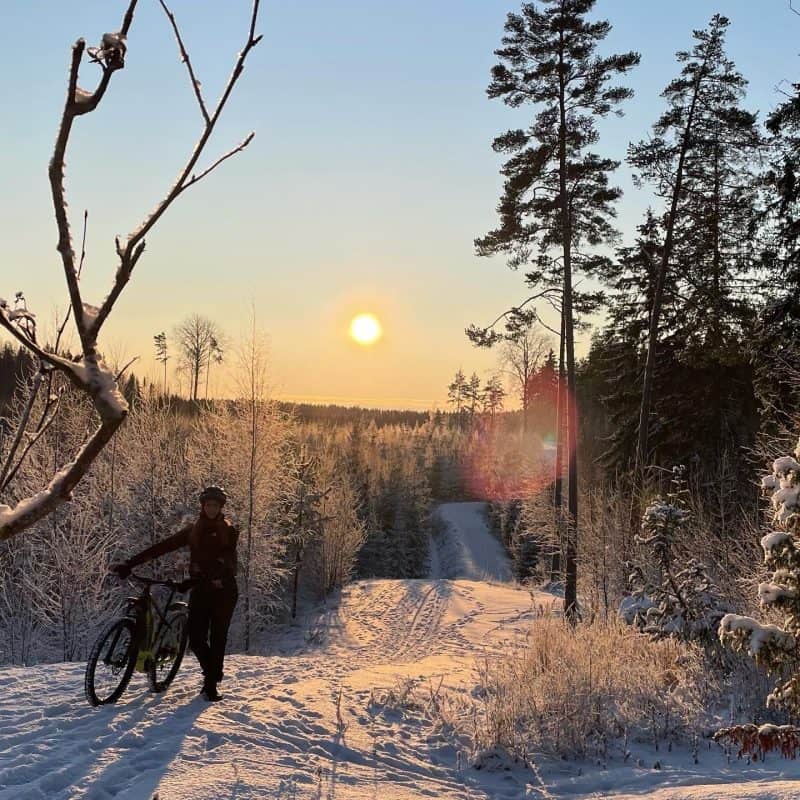Text and images: Anu Kiiveri-Sahila
In the fall, I wondered how winter cycling would be when the temperature would drop to considerably below freezing and we would get some proper snow fall. Cycling in winter can seem like a pesky idea if temperatures are very low and there’s plenty of snow. I personally have always been physically active: both riding my bike as well as walking. Before, I tried to just plough through with my old “granny bike” in the snow. And dear lord if the bike lane had not been ploughed in the morning as I jumped on my bike. That would make my journey slow, sweaty and quite unpleasant. Sometimes I would have to jump off the saddle and walk the bike. The narrow tyres got stuck in piles of snow, pedalling became a chore and the ride was shaky. To top it all off, my shirt would be drenched with sweat when I finally arrived at work. And there is no shower at my workplace. Fortunately, this winter is different.
Here are my tips for winter cycling – take the ones you feel could help you most:
Things that are important to remember when cycling, especially when the temperature drops considerably below freezing:
It should be obvious that if you get cold while pedalling, cycling will become simple survival. Invest in proper clothing. Choose shoes that keep your feet warm and are also water repellent. I cycle in multipurpose winter shoes with studs that keep my toes warm even in severe frost. The studs, on the other hand, prevent slipping when getting off the bike. Layering is key. First a base layer and other layers according to the temperature. It’s easier to take layers off on the way than it is to add them. A thin beanie on the head with a balaclava underneath. Mittens with additional gloves that also keep the wind at bay. For me, even thick gloves just are not enough – mittens are much better. In very cold temperatures, I also take the bike’s battery with me to a warm place if I leave the bike outside for a longer period of time.
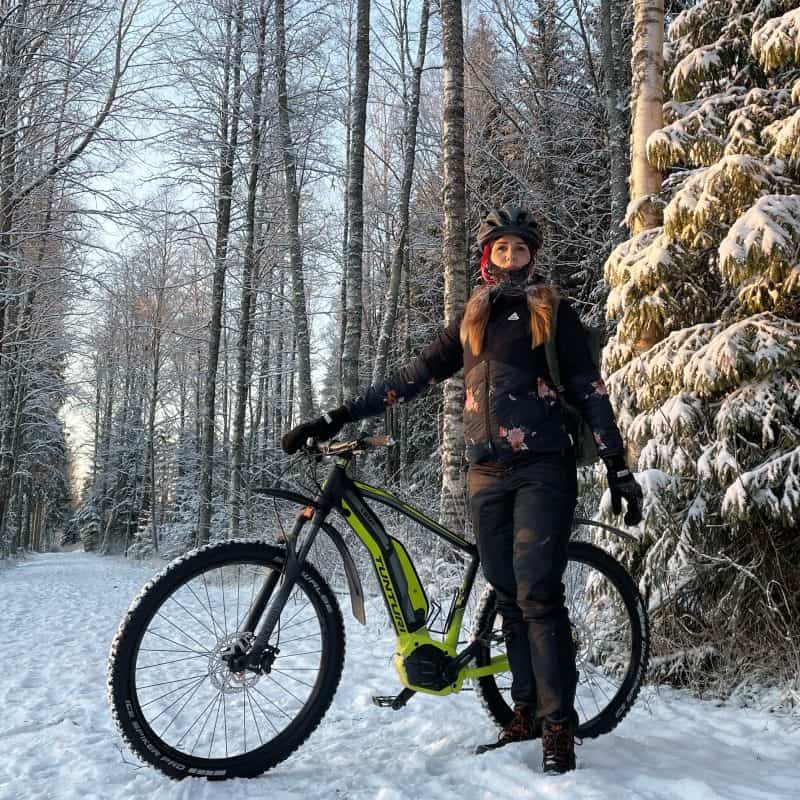
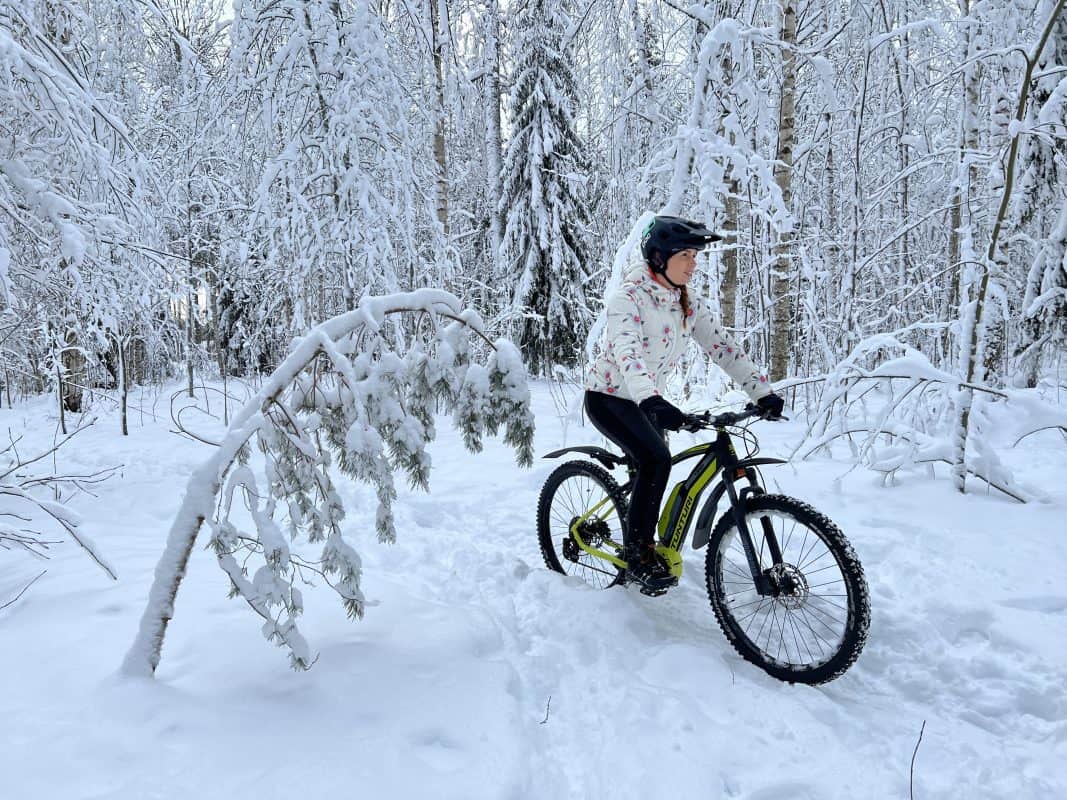
Snowy weather checklist:
I have a Tunturi E275 e-bike. Its tyres are not as wide as those on fat bikes, for example. You should choose an e-bike according to WHERE you cycle. I personally cycle fairly little on winter trails. Instead, I use the bike a lot on roads, where this model works great even when there is a lot of snow. I do not need very wide tyres because as spring rolls around this bike will work great even on forest trails. Instead, I have invested in winter tyres. They enable the bike to get a grip on the road even in slippery weather. That is why I definitely recommend winter tyres for people who ride on roads a lot in winter. Psst. Did you know that Tunturi’s e-bikes have a “walk” function? You can use it by long pressing the assistance button. The function is a great help when there is a lot of snow and for some reason you have to walk your bike uphill, for example. It makes handling the bike considerably lighter.
In windy weather:
I trust layering even in windy weather. However, DO NOT put on too many layers if the temperature is not very low. Of course, it depends on what kind of ride you’re going for, but even if you feel cool at first, after the next hill you’ll be drenched in sweat if you’re wearing too much clothing. Thinner layering is enough, as long as you wear a windproof jacket. The same applies to rainy weather – riding while drenched is uncomfortable, even if you can take a bit of rain. A thin wind stopper beanie blocks the wind and with very strong winds, I will also put on my hood (also works with a heavy snow fall). Cycling goggles prevent eyes from running, which is common at least for yours truly. In sunnier weather, I use my sports sunglasses, but as night falls, you need clear glasses.
General information about winter cycling:
Invest in decent winter tyres and get one especially for the front. If you cycle a lot on soft surfaces, make sure that you do not have too much pressure in your tyres. A softer tyre works better on winter trails. Proper lights are every cyclist’s best safety in the dark. First of all, you can see where you are riding to in darker sections and be more VISIBLE for other road users. I also recommend reviewing the traffic rules (although this does apply to cycling all year round).
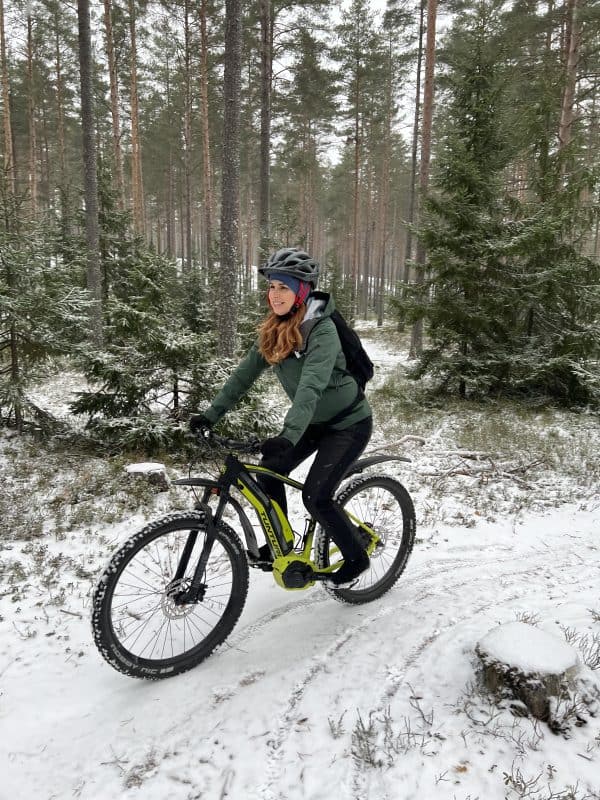
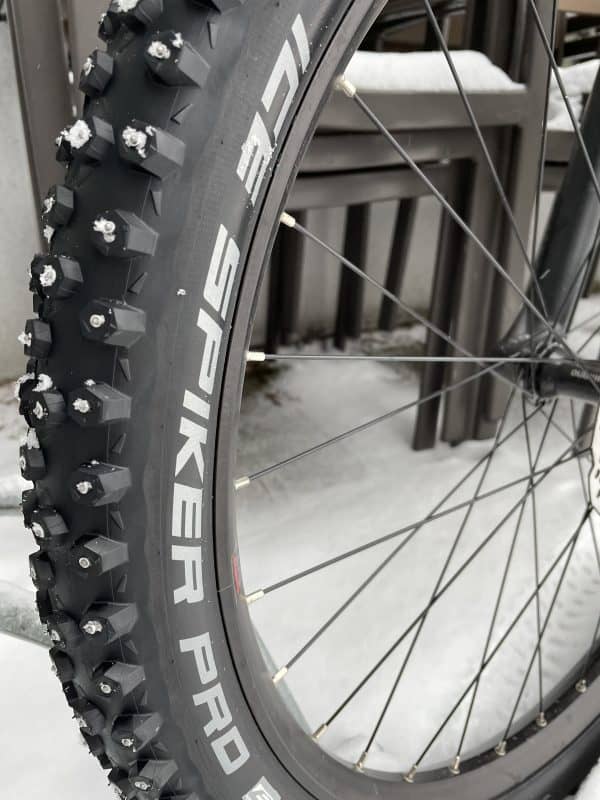
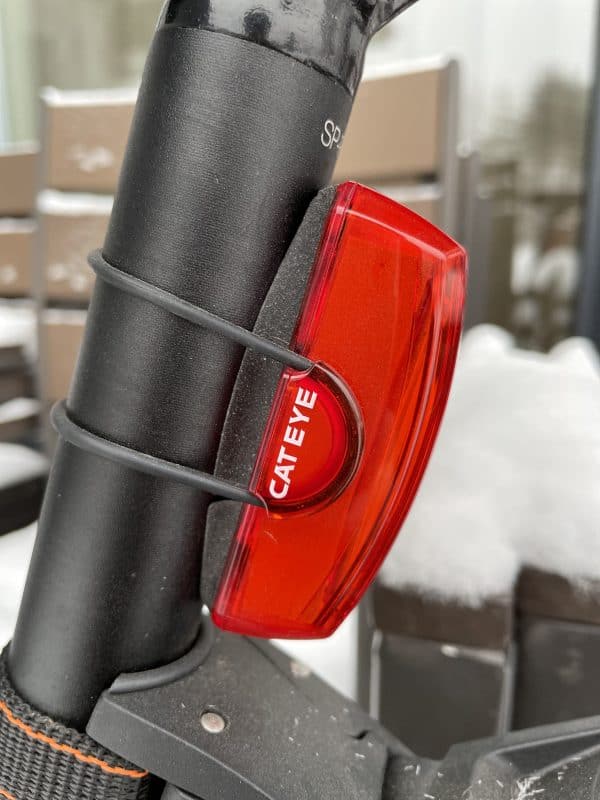
WONDERFUL WINTER RIDING FOR EVERYONE!
P.S. If you are interested in following my winter cycling and active lifestyle, you can find me on Instagram: https://www.instagram.com/anu.kiiveri/?hl=fi

